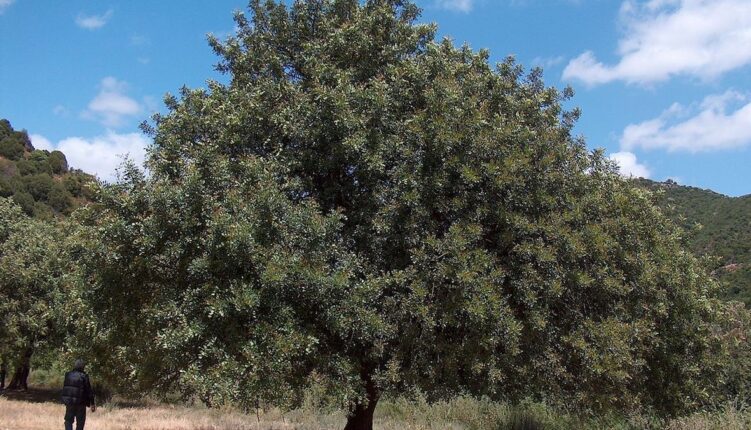Grown mostly in Algarve, Portugal is one of the largest producers of carob in the world.
It is a member of the legume family and provides so much – much more than just a substitute for chocolate.
With its dense foliage allowing it to be used as a wind break and noise buffer, the tree continues to thrive in drought conditions.
Fruit bearing
Carob trees (alfarrobeiras in Portuguese) begin to bear fruit in the sixth year of planting and can remain productive for up to 100 years, living for many more.
Ripe in late summer, the carob fruit, also known as beans or pods, are harvested when they are dark in colour and at the height of sweetness.
Weight and measure
It was originally believed that each carob seed was of equal size and weight, with the mass similar to that of precious metals and stones.
Ancient Greeks had a small weight, the kerat while the siliqua (from the Latin for carob, siliqua Graeca) is the smallest subdivision (1/1728) of the Roman pound. Could the word carat, used to measure precious metals (gold for example) and stones (such as diamonds) have derived from the carob measure? Possibly, however this has never been proven.
Delicious to all
It is widely known that carob is commonly used to feed animals and also as a substitute for chocolate. The fruit has a lot of fibre, twice the amount of calcium compared to cocoa, antioxidants, is low in fat and sugar and doesn’t contain gluten. It is also an excellent source of vitamins and minerals.
Carob gum, taken from around the seeds, is a sweet thick pulp. This is used as a texture enhancer in food and in the cosmetics industry to bind ingredients and stabilise liquids. The carob can also be fermented for alcohol and made into a syrup. For some recipe ideas click here.
The tree itself provides wood for utensils, slow-burning charcoal and algarrobin (a textile-dyeing agent) can be extracted from both the wood and the leaves.
But the carob tree is not the only one to produce a great harvest for the Portuguese.
Portugal is also the largest producer of cork. To read about nature’s natural leather click here.

